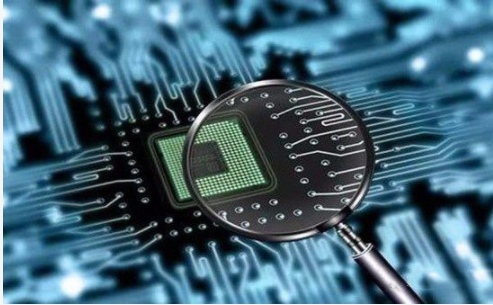What are the layout and routing rules of components in PCB design?
Circuit board manufacturer: Component placement and routing is an important content in PCB. So, what are the layout and routing rules of components in PCB design?
1. Basic rules of component layout
1. Layout according to the circuit module, the components in the circuit module should adopt the principle of nearby concentration, and the digital circuit and the analog circuit should be separated.
2. Do not mount components within 1.27mm around non-mounting holes such as positioning holes and standard holes, and mount components within 3.5mm (for M2.5) and 4mm (for M3) around mounting holes such as screws.
3. Avoid laying through holes under the horizontally mounted resistors, inductors (plug-ins), electrolytic capacitors and other components.
4. The distance between the outside of the component and the edge of the board is 5mm.
5. The distance between the outside of the mounting component pad and the outside of the adjacent interposing component is greater than 2mm.
6. Metal shell components and metal parts should not touch other components, and should not be close to printed lines and pads. The distance between them should be greater than 2mm.

7. The heating element cannot be in close proximity to the wire and the heat-sensitive element.
8. The power socket should be arranged around the printed board as far as possible, and the bus bar terminal connected to it should be arranged on the same side. The arrangement spacing of power sockets and welding connectors should be considered to facilitate the plugging and unplugging of power plugs.
9. Arrangement of other components: All IC components are aligned on one side, and the polarity of polar components is clearly marked. The polarity of the same printed board cannot be marked in more than two directions; when there are two directions, the two directions are perpendicular to each other.
10. The wiring on the board surface should be dense and dense. If the density difference is too large, it should be filled with mesh copper foil, and the grid should be larger than 8mil.
11. There should be no through holes on the SMD pads to avoid the loss of solder paste and cause false soldering of the components.
12. The patch is aligned on one side, the character direction is the same, and the packaging direction is the same.
Two, component wiring rules
1. Wiring is prohibited in the area ≤1mm from the edge of the PCB and within 1mm around the mounting hole.
2. The power line should be as wide as possible, no less than 18mil; the signal line width should not be less than 12mil; the cpu input and output lines should not be less than 10mil (or 8mil); the line spacing should not be less than 10mil.
3. Normal vias are not less than 30mil.
4, dual in-line: 60mil pad, 40mil aperture. 1/4W resistance: 51*55mil (0805 surface mount); when in-line, the pad is 62mil and the aperture is 42mil. Infinite capacitance: 51*55mil (0805 surface mount); when in-line, the pad is 50mil and the aperture is 28mil.
5. The power line and the ground line should be as radial as possible, and the signal line must not be looped.
The above is the layout and routing rules of components in PCB board design. How much do you master?